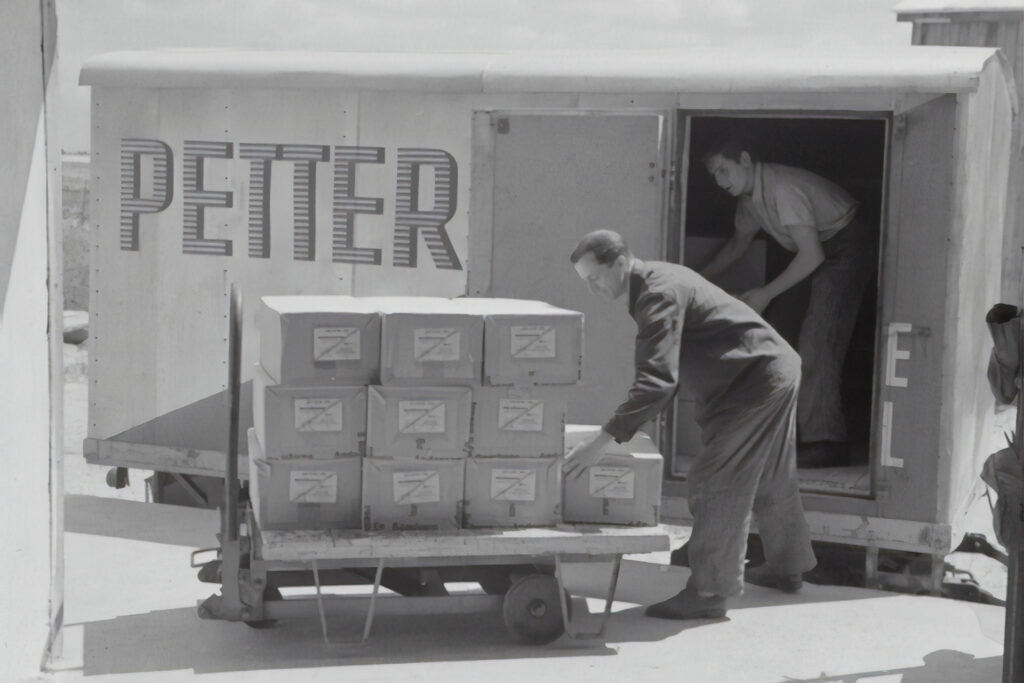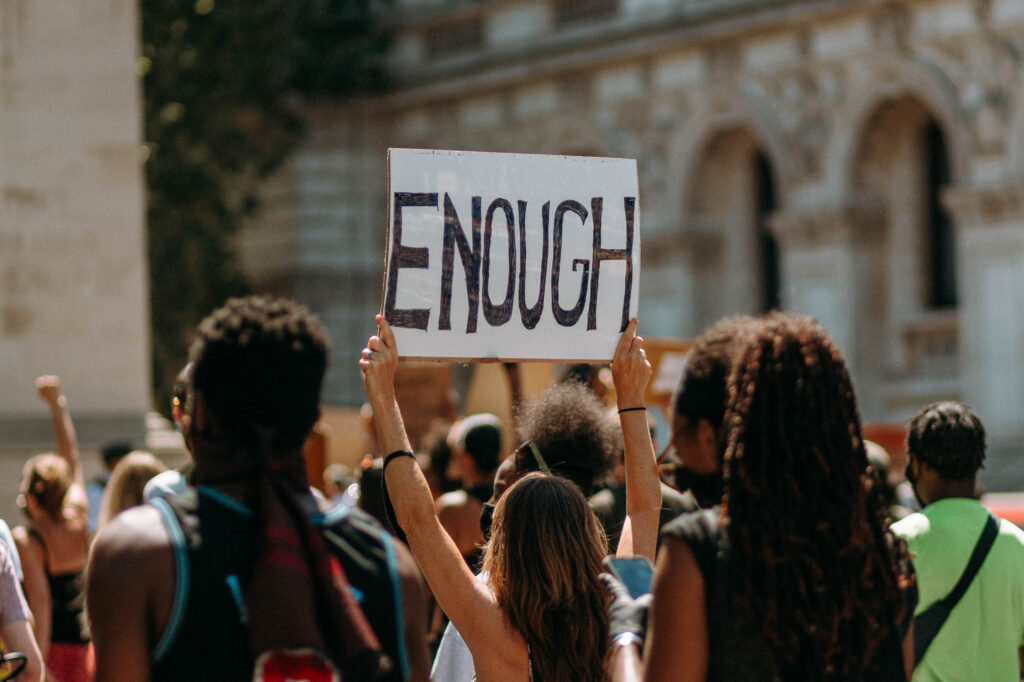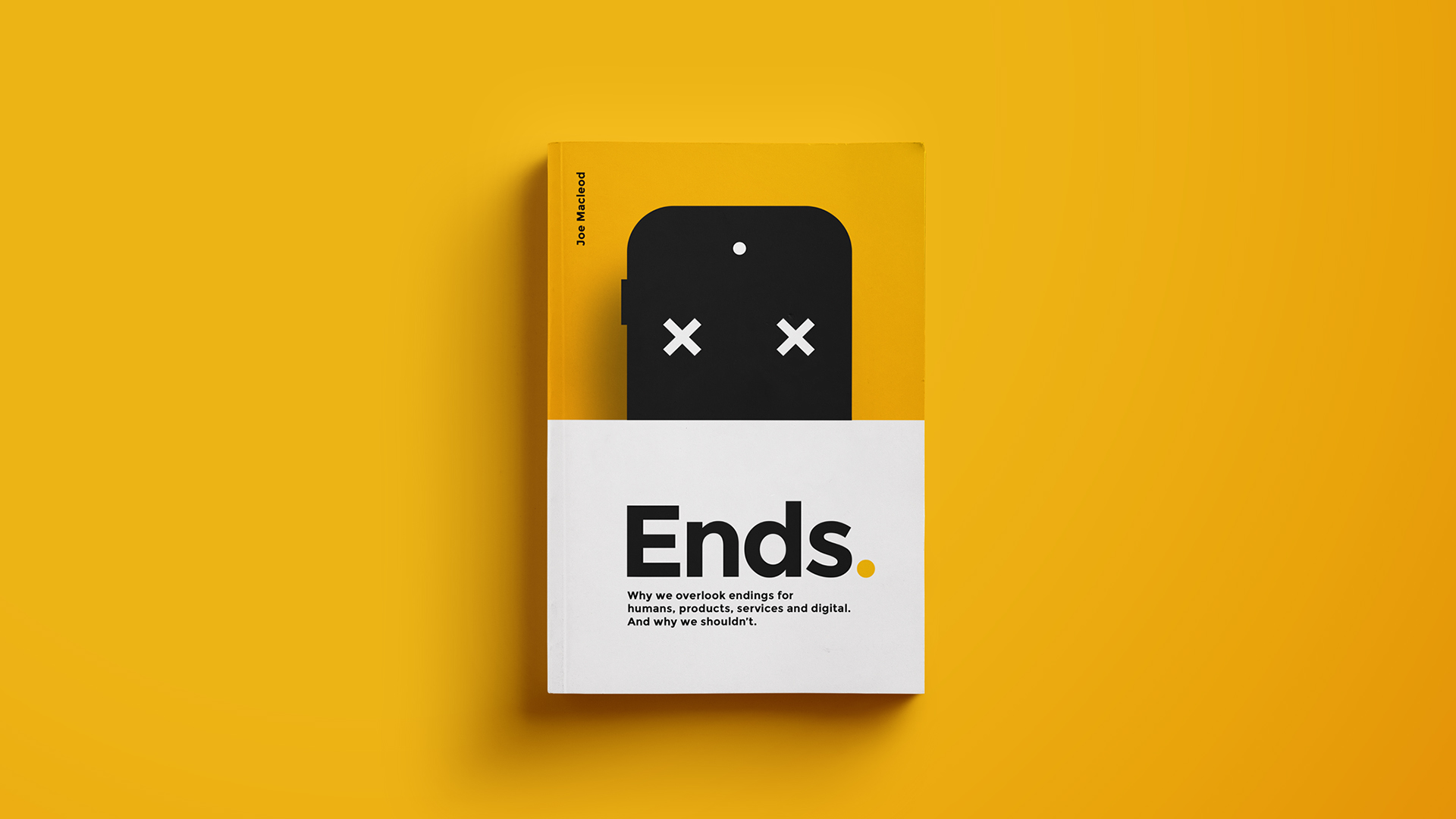SOMETIMES IT FEELS LIKE we live in a world obsessed with beginnings: with the sale, with getting custimers through the door, with onboarding.
That’s a big mistake. Consider:
- the peak-end rules, for instance, the insight that people what happens at the extreme and at the end of an experience has an outsize effect on how they remember that experience. OK, there’s research that shows what happens at the beginning is also important. But you get the point: endings matter.
- that any experience should not only be designed for the experiencing self, but for the remembering self. A weekend away, for instance, lasts two days, but the memory will stay with you for the rest of your life.
- the insights from researcher Byron Sharpe’s work that loyalty is rare, that growth primarily comes from gaining new users rather than driving increased loyalty, and that most of a brand’s users will be light users. (Here’s a good summary of Sharpe’s How Brands Grow.)
- the importance of word of mouth for marketing: 92% of consumers believe recommendations from friends and family over all forms of advertising, according to research firm Nielsen
SO IN A WORLD WHERE everyone is zigging and focused on what happen first, UX designer Joe is zagging and thinking about what happens last instead.
The result is his first book, Ends: why we overlook endings for humans, products, services and digital. And why we shouldn’t.
And now he’s working on his second. We hope he calls it Endineering.
In this video, which he recorded exclusively for the WXO – somewhere near his home in Sweden – Joe gives a preview of his latest thinking, outlining the 8 types of endings in a consumer lifecycle, which happen across service, product and digital services.
Here’s a brief overview of those eight types of ending:
1. Time-Out
This is when an item has a scheduled ending. This could be a degree course, the end of a holiday, or it could be the sell-by date for your lunchtime sandwich.

2. Credit-out
This is when an item or a service possesses a finite reserve of something, which gets used up by the consumer. Examples include batteries, or the balance of pay as you go phone credit.

3. Task or event completion
This applies to the fulfilment of tasks, such as when you send a parcel.

4. Broken/Withdrawal
This applies both to physical products which can no longer operate beyond breakages (a vase or lamp, for example), or in situations where service providers go bust.

5. Lingering
This is when the relationship with the product or service becomes ambient rather than active. It’s still there, but it’s not prominent in the life of the user. Examples include those clothes at the back of your cupboard which you never wear, or subscription services you’d forgotten about (or forgotten to unsubscribe from after an initial trial period).

6. Proximity
This has to do with catchment areas. Are you inside or outside the distribution area for a service? If you move out of it, you can no longer access that service. Examples include delivery of take-out food, a local bus network, or mobile network coverage. It can also happen without the consumer actually moving location, but moving from one service provider to another. Move from Apple to Android, for instance, and you can no longer access iCloud.

7. Cultural
This is the cycle of trends and shifting cultural perceptions which put an end to one type of groupthink over time. An excellent example is people’s shifting sensitivities to various forms of prejudice over the past century. On a smaller scale, the culture or politics of a brand might affect how a consumer sees it. A brand which has practices or stated beliefs in conflict with those of a prospective user might put people off. Alternatively, it might push existing users to terminate that relationship in favour of a better-aligned competitor.

8. Competition
Of course, this is the big one, when you leave one for another: when you split up with someone and started seeing their more attractive friend instead, when you ditched your Nokia for an iPhone, when you move from lager to craft beer.
Competition feeds into a lot of the above categories, too.

The WXO take-out

Joe is a UX and product designer, but we believe his way of thinking about endings may be useful for all experience designers.
- Think about each of the eight types of endings that you’ve experienced.
- Think of good endings, and bad ones.
- What does good look like for different types of endings?
- What sort of ending do people – your customers / clients / audience / visitors / employees / users – have with the product / service / experience you provide?
- And of course, how might you take inspiration from these eight ways of thinking about endings to make your endings better?
We’d love to hear how you think about endings, and if, or how, this has inspired you. Please get in touch and let us know via the contact page.
About The Author

Joe is a UX designer based in Sweden whose passion lies in an area of UX that’s often ignored. Hence, his book ‘Ends: Why We Overlook Endings For Humans, Products, Services and Digital. And Why We Shouldn’t’. Joe founded andEnds to solve this problem. His next book, out in 2021, will describe the 8 tools for creating better endings. Joe holds a BA in Design from St Martin’s, and a MA in Interaction Design from the Royal College.
On March 20, 2021, Joe will be holding a workshop, Introduction to Endineering. Creating consumer off-boarding experiences. Click here to register your interest.





